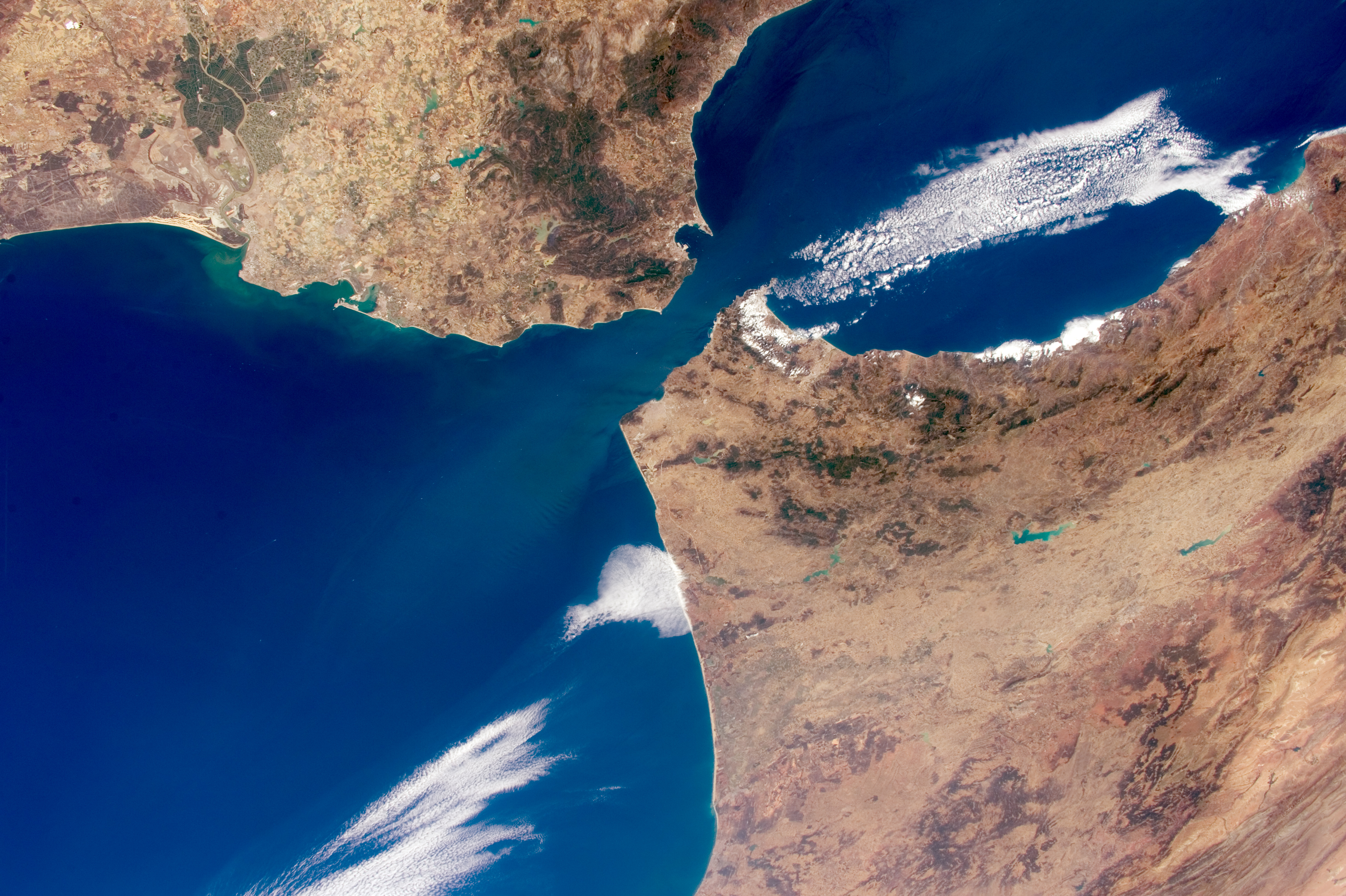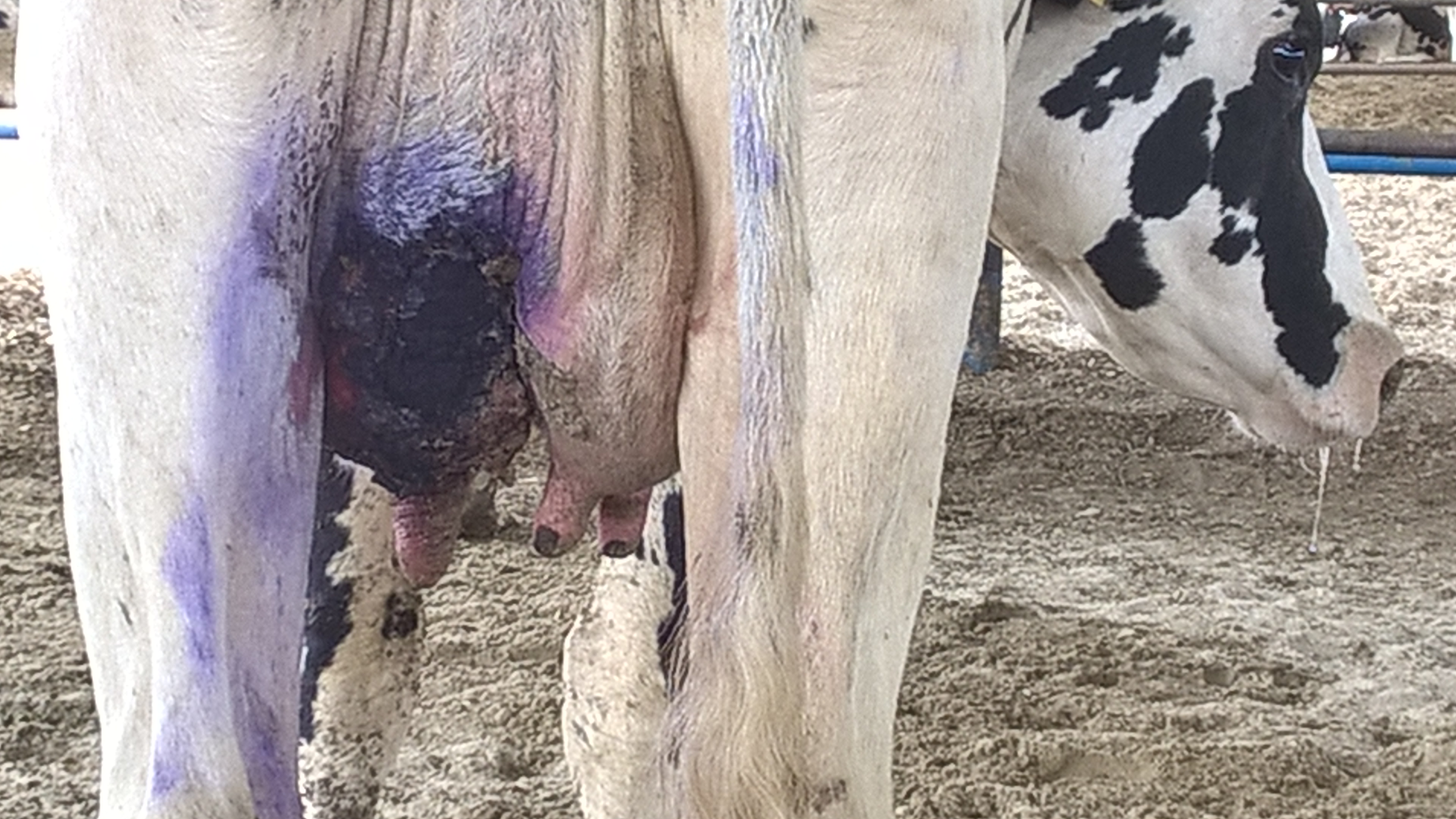|
Kalvø Strøm
Kalvø is a small uninhabited island in the southern part of Guldborgsund, the strait between the Denmark, Danish islands of Lolland and Falster. Its highest point is above sea level. The 29.4 hectare protected area of Kalvø-Hasselø was created by Conservation Order in 1980, and access is prohibited during the bird breeding season. Description Kalvø itself covers an area of . Today, with its grassy expanses and waterholes of various sizes, it is used for grazing young cattle during the summer months. It used to belong to farmers from Hasselø, the land being divided up into 12 parts. In 1700, there was already a law regulating the grazing of cattle on Kalvø and a similar law still exists today. There are also regulations to ensure the island's grasslands are not invaded by forest. The whole of Kalvø is a protected area. Access is forbidden from 15 March to 15 July when birds are breeding and raising their young. [...More Info...] [...Related Items...] OR: [Wikipedia] [Google] [Baidu] |
Guldborgsund
Guldborgsund is the strait between the Danish islands of Lolland and Falster. It connects Smålandsfarvandet in the north with the Bay of Mecklenburg in the south. The strait is about 30 kilometers long; its breadth varies from 150 meters at Guldborg to 6 kilometers south of Nykøbing Falster. It is navigable for craft of up to 6 metres draught in its northern part and is used for commercial traffic to Nykøbing Falster. The southern part is much shallower with a minimum depth of approximately 2 metres, and can only be used by yachts and other small craft. Guldborgsund is crossed by two bascule bridges, Frederick IX Bridge at Nykøbing and Guldborgsund Bridge at Guldborg, at the northern end of the strait. There is also a modern tunnel carrying euro route E47 from Copenhagen. Nykøbing Falster, Guldborg and Sundby have all have marinas in Guldborgsund. Furthermore, the open-air museum Middle Ages Centre has got a museum harbour which was dug out in the mid 1990s. T ... [...More Info...] [...Related Items...] OR: [Wikipedia] [Google] [Baidu] |
Strait
A strait is a water body connecting two seas or water basins. The surface water is, for the most part, at the same elevation on both sides and flows through the strait in both directions, even though the topography generally constricts the flow somewhat. In some straits there is a dominant directional current. Most commonly, the strait is a narrowing channel that lies between two land masses. Straits are loci for sediment accumulation, with sand-size deposits usually occurring on the two strait exits, forming subaqueous fans or deltas. Some straits are not navigable because, for example, they are too narrow or too shallow, or because of an unnavigable reef or archipelago. Terminology The terms '' channel'', ''pass'', or ''passage'' can be synonymous and used interchangeably with ''strait'', although each is sometimes differentiated with varying senses. In Scotland, '' firth'' or ''Kyle'' are also sometimes used as synonyms for strait. Many straits are economically impor ... [...More Info...] [...Related Items...] OR: [Wikipedia] [Google] [Baidu] |
Denmark
Denmark is a Nordic countries, Nordic country in Northern Europe. It is the metropole and most populous constituent of the Kingdom of Denmark,, . also known as the Danish Realm, a constitutionally unitary state that includes the Autonomous administrative division, autonomous territories of the Faroe Islands and Greenland in the north Atlantic Ocean.* * * Metropolitan Denmark, also called "continental Denmark" or "Denmark proper", consists of the northern Jutland peninsula and an archipelago of 406 islands. It is the southernmost of the Scandinavian countries, lying southwest of Sweden, south of Norway, and north of Germany, with which it shares a short border. Denmark proper is situated between the North Sea to the west and the Baltic Sea to the east.The island of Bornholm is offset to the east of the rest of the country, in the Baltic Sea. The Kingdom of Denmark, including the Faroe Islands and Greenland, has roughly List of islands of Denmark, 1,400 islands greater than in ... [...More Info...] [...Related Items...] OR: [Wikipedia] [Google] [Baidu] |
Lolland
Lolland (; formerly spelled ''Laaland'', literally "low land") is the List of islands of Denmark#List of 100 largest Danish islands, fourth largest island of Denmark, with an area of . Located in the Kattegat, Belts and Sund area, it is part of Region Sjælland (Region Zealand). As of 1 January 2022, it has 57,618 inhabitants.statistikbanken.dk. People. Population. (Table) BEF4 (Islands). Danmarks Statistik. Retrieved 25 August 2022. Lolland is closely connected to the island of Falster to its east. The locality of Sundby, Lolland, Sundby forms a cross-island urban area with Nykøbing Falster, the largest conurbation partially on Lolland. The most populated settlement on Lolland proper is Nakskov. Overview Lolland is also known as the "pancake island" because of its flatness: the highest point of the entire island is above sea level, just outside the village of Horslunde. The island has been an important communication highway, among others for Nazi Germany during World War II. His ... [...More Info...] [...Related Items...] OR: [Wikipedia] [Google] [Baidu] |
Falster
Falster () is an island in south-eastern Denmark with an area of and 43,398 inhabitants as of 1 January 2010."Danmarks Statistik." Retrieved 28 June 2010. Located in the Kattegat, Belts and Sound area, it is part of Region Zealand and is administered by Guldborgsund Municipality. Falster includes Denmark's southernmost point, Gedser Odde, near Gedser. The largest town is Nykøbing Falster with over 40% of the island's inhabitants. Other towns include Stubbekøbing, Nørre Alslev and Gedser. Falster has motor and railway links both to the larger island of Zealand (Denmark), Zealand to the north and to the island of Lolland to the south-west. These links also lead to the smaller islands of Masnedø and Farø. European route E47 links Copenhagen to Hamburg (Germany) via Falster. History [...More Info...] [...Related Items...] OR: [Wikipedia] [Google] [Baidu] |
Protected Area
Protected areas or conservation areas are locations which receive protection because of their recognized natural or cultural values. Protected areas are those areas in which human presence or the exploitation of natural resources (e.g. firewood, non-timber forest products, water, ...) is limited. The term "protected area" also includes marine protected areas and transboundary protected areas across multiple borders. As of 2016, there are over 161,000 protected areas representing about 17 percent of the world's land surface area (excluding Antarctica). For waters under national jurisdiction beyond inland waters, there are 14,688 Marine Protected Areas (MPAs), covering approximately 10.2% of coastal and marine areas and 4.12% of global ocean areas. In contrast, only 0.25% of the world's oceans beyond national jurisdiction are covered by MPAs. In recent years, the 30 by 30 initiative has targeted to protect 30% of ocean territory and 30% of land territory worldwide by 2030; this ... [...More Info...] [...Related Items...] OR: [Wikipedia] [Google] [Baidu] |
Mastitis In Dairy Cattle
Bovine mastitis is the persistent, inflammatory reaction of the udder tissue due to physical trauma or microorganisms infections. Mastitis, a potentially fatal mammary gland infection, is the most common disease in dairy cattle in the United States and worldwide. It is also the most costly disease to the dairy industry. Milk from cows suffering from mastitis has an increased somatic cell count. Prevention and control of mastitis requires consistency in sanitizing the cow barn facilities, proper milking procedure and segregation of infected animals. Treatment of the disease is carried out by penicillin injection in combination with sulphar drug. Definition Mastitis occurs when white blood cells (leukocytes) are released into the mammary gland, usually in response to bacteria invading the teat canal or occasionally by chemical, mechanical, or thermal trauma on the udder. Milk-secreting tissue and various ducts throughout the mammary gland are damaged due to toxins released by the ... [...More Info...] [...Related Items...] OR: [Wikipedia] [Google] [Baidu] |
Danish Islands In The Baltic
Danish may refer to: * Something of, from, or related to the country of Denmark People * A Danish person, also called a "Dane", can be a national or citizen of Denmark (see Demographics of Denmark) * Culture of Denmark The culture of Denmark has a rich artistic and scientific heritage. The fairy tales of Hans Christian Andersen (1805–1875), the philosophical essays of Søren Kierkegaard (1813–1855), the short stories of Karen Blixen, penname Isak Dinesen, ... * Danish people or Danes, people with a Danish ancestral or ethnic identity * A member of the Danes (tribe), Danes, a Germanic tribe * Danish (name), a male given name and surname Language * Danish language, a North Germanic language used mostly in Denmark and Northern Germany * Danish tongue or Old Norse, the parent language of all North Germanic languages Food * Danish cuisine * Danish pastry, often simply called a "Danish" See also * Dane (other) * * Gdańsk * List of Danes * Languages of D ... [...More Info...] [...Related Items...] OR: [Wikipedia] [Google] [Baidu] |
Geography Of Guldborgsund Municipality
Geography (from Ancient Greek ; combining 'Earth' and 'write', literally 'Earth writing') is the study of the lands, features, inhabitants, and phenomena of Earth. Geography is an all-encompassing discipline that seeks an understanding of Earth and its human and natural complexities—not merely where objects are, but also how they have changed and come to be. While geography is specific to Earth, many concepts can be applied more broadly to other celestial bodies in the field of planetary science. Geography has been called "a bridge between natural science and social science disciplines." Origins of many of the concepts in geography can be traced to Greek Eratosthenes of Cyrene, who may have coined the term "geographia" (). The first recorded use of the word γεωγραφία was as the title of a book by Greek scholar Claudius Ptolemy (100 – 170 AD). This work created the so-called "Ptolemaic tradition" of geography, which included "Ptolemaic cartographic theory." ... [...More Info...] [...Related Items...] OR: [Wikipedia] [Google] [Baidu] |



